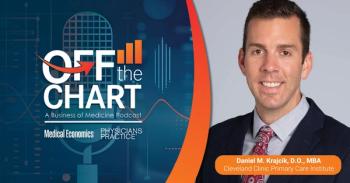
Health-care IT: Unique patient ID numbers would boost quality and efficiency
Despite the hefty $11 billion price tag, creating a unique patient identification number for every person in the U.S. would return more than that amount in quality and efficiency gains to the country?s health-care system, according to a study the RAND Corp.
Despite the hefty $11 billion price tag, creating a unique patient identification number for every person in the U.S. would return more than that amount in quality and efficiency gains to the country’s health-care system, according to a study the RAND Corp., a nonprofit think tank.
Developing a unique patient ID for all U.S. residents would reduce medical errors, simplify the use of electronic medical records, increase overall efficiency, and help protect patient privacy, according to the study.
“Establishing a system of unique patient identification numbers would help the nation to enjoy the full benefits of electronic medical records and improve the quality of medical care,” says Richard Hillestad, the study's lead author. “The alternative is to rely on a system that produces too many errors and puts patients' privacy at risk.”
The 97-page study, “
To retrieve patient records, most health systems use a technique called “statistical matching,” which searches for patient records using information like name, birth date, address, gender, medical record numbers, and Social Security Number. However, RAND estimated that statistical matching returns incomplete medical records about eight percent of the time and exposes patients to privacy risks because a large amount of personal information is exposed to computer systems during a search, according to the study.
Many Americans have
"Our research suggests that it's easier to safeguard patient privacy with a records system that makes use of a unique health ID rather than a system that uses statistical matching," Hillestad says.
Newsletter
Stay informed and empowered with Medical Economics enewsletter, delivering expert insights, financial strategies, practice management tips and technology trends — tailored for today’s physicians.















